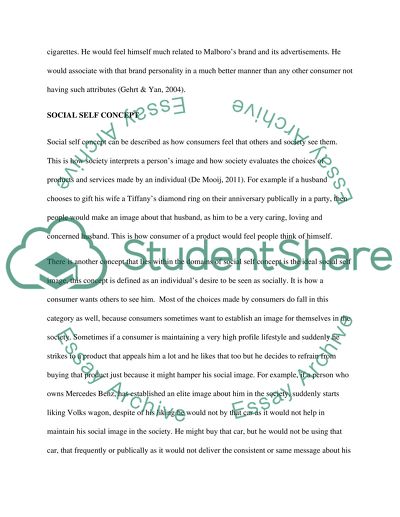Cite this document
(“Consumer Psychology Essay Example | Topics and Well Written Essays - 2500 words - 1”, n.d.)
Consumer Psychology Essay Example | Topics and Well Written Essays - 2500 words - 1. Retrieved from https://studentshare.org/marketing/1616930-consumer-psychology
Consumer Psychology Essay Example | Topics and Well Written Essays - 2500 words - 1. Retrieved from https://studentshare.org/marketing/1616930-consumer-psychology
(Consumer Psychology Essay Example | Topics and Well Written Essays - 2500 Words - 1)
Consumer Psychology Essay Example | Topics and Well Written Essays - 2500 Words - 1. https://studentshare.org/marketing/1616930-consumer-psychology.
Consumer Psychology Essay Example | Topics and Well Written Essays - 2500 Words - 1. https://studentshare.org/marketing/1616930-consumer-psychology.
“Consumer Psychology Essay Example | Topics and Well Written Essays - 2500 Words - 1”, n.d. https://studentshare.org/marketing/1616930-consumer-psychology.


